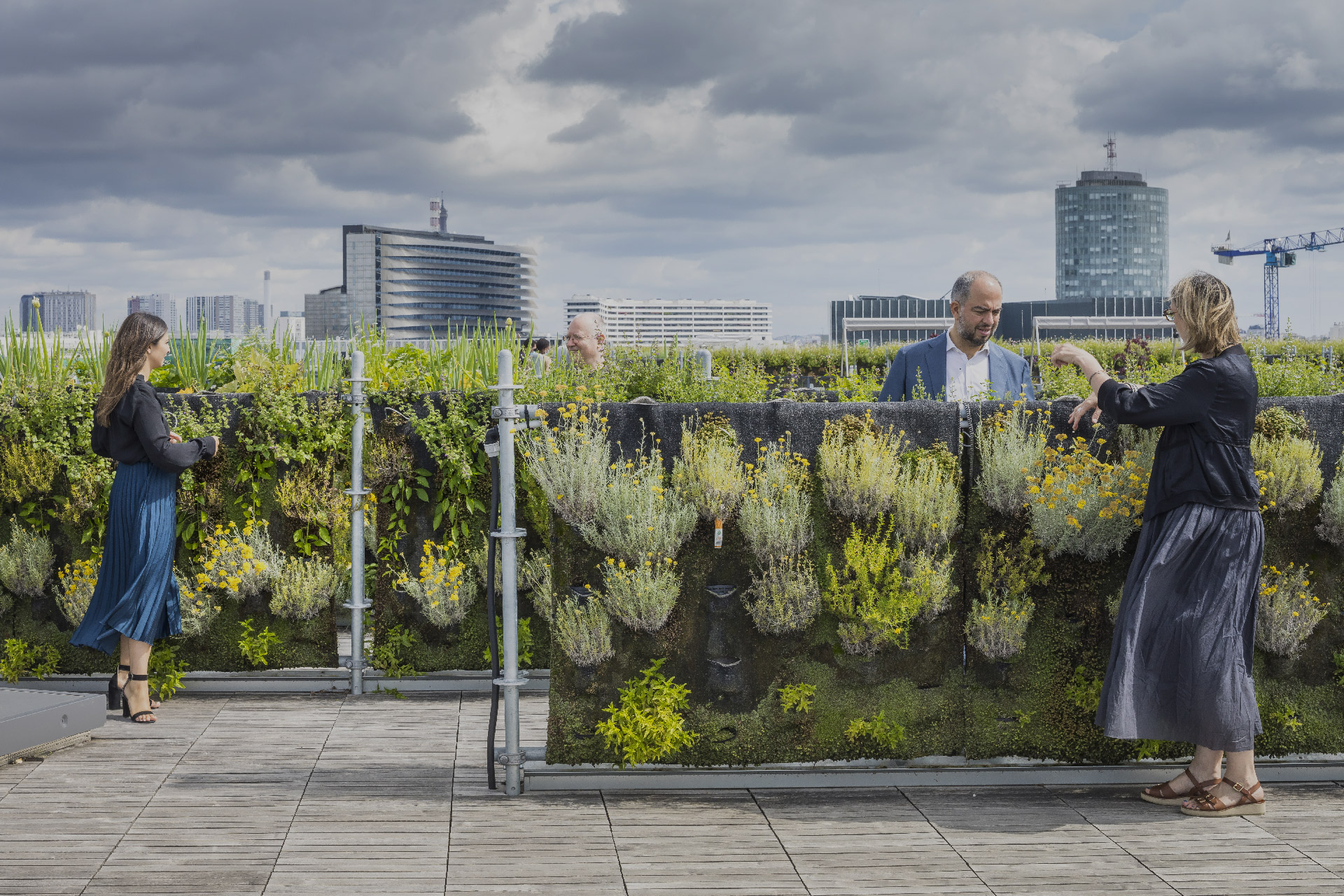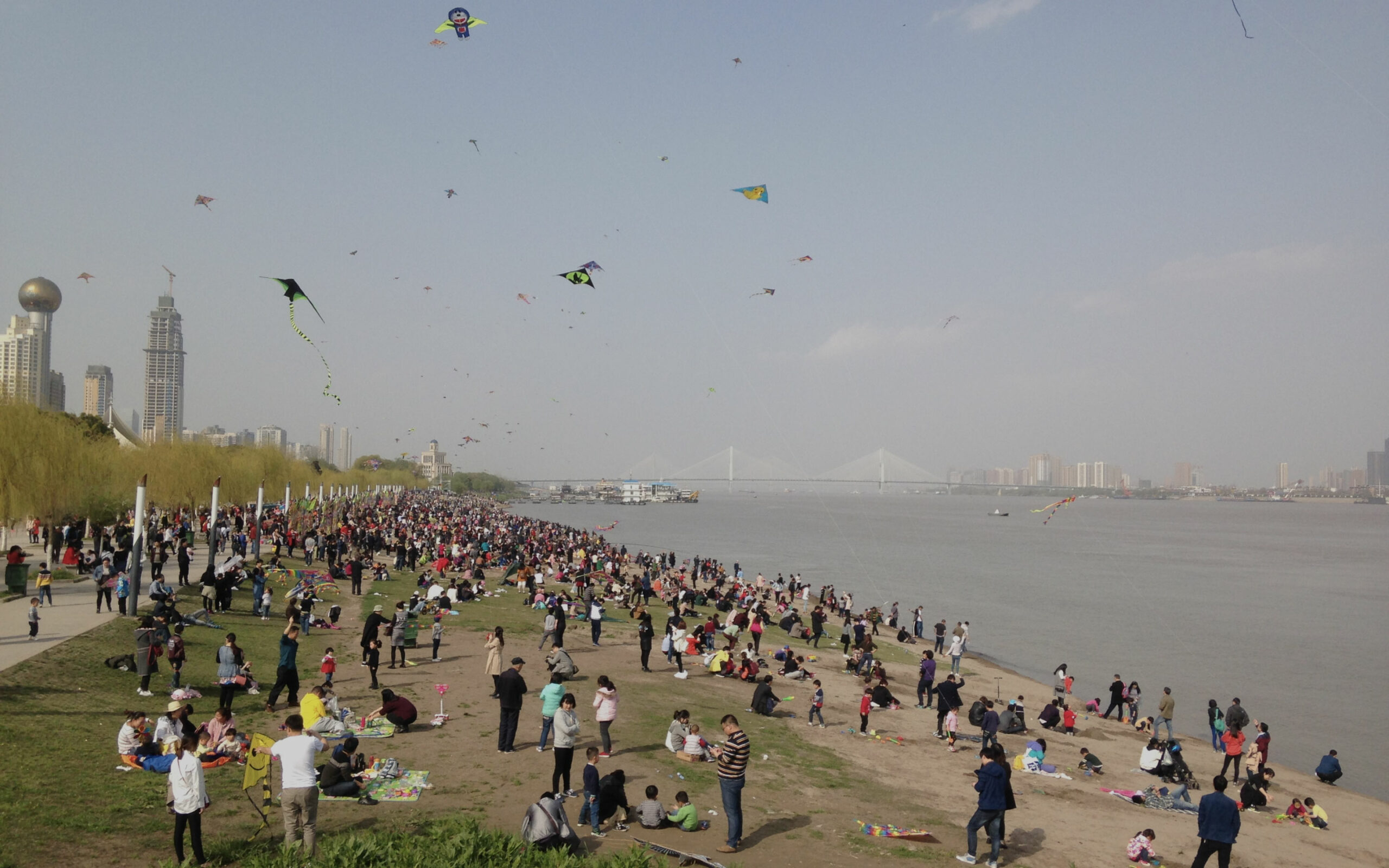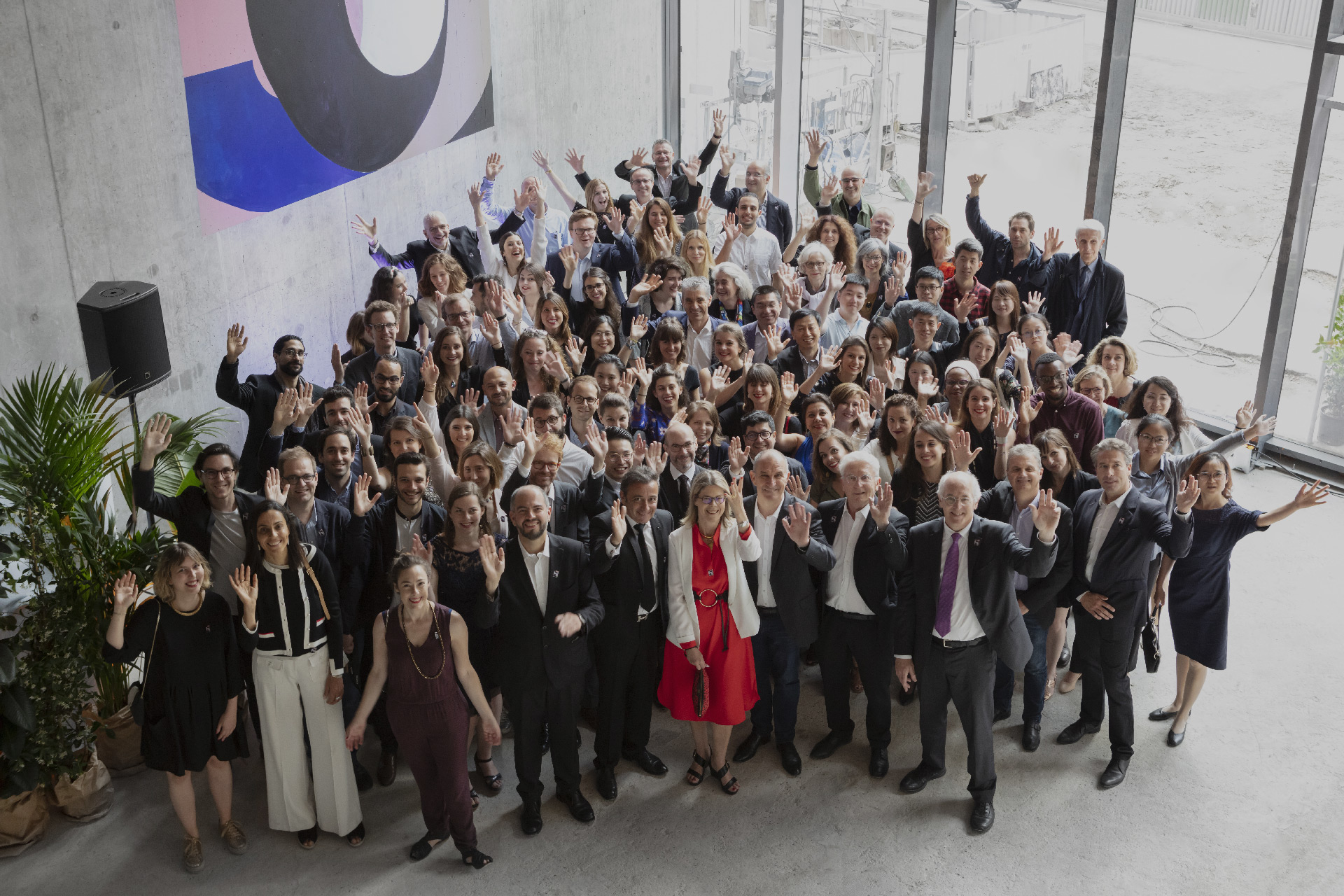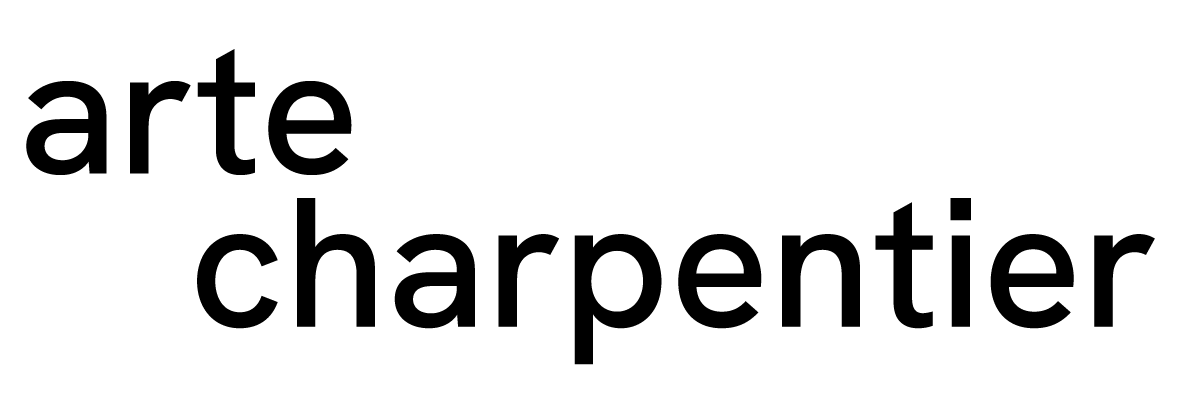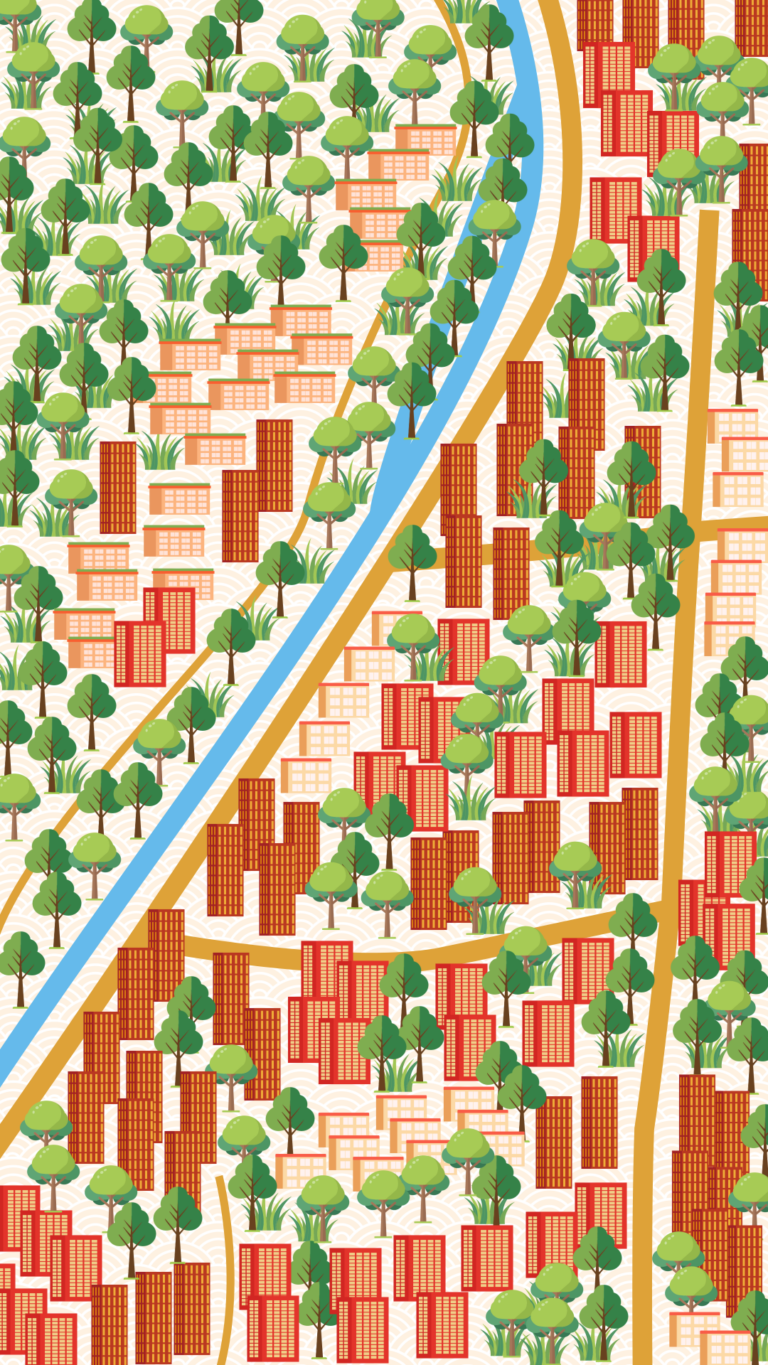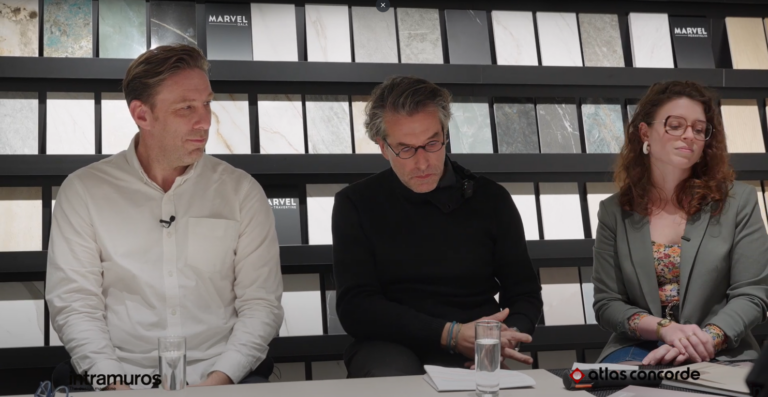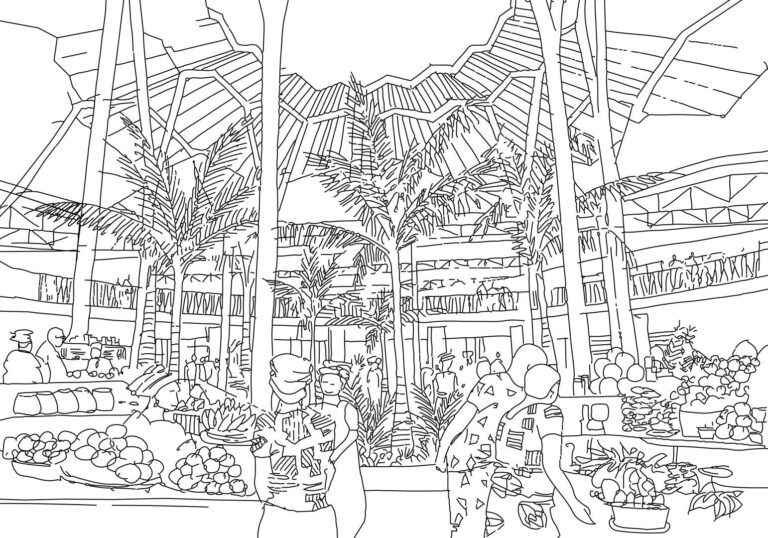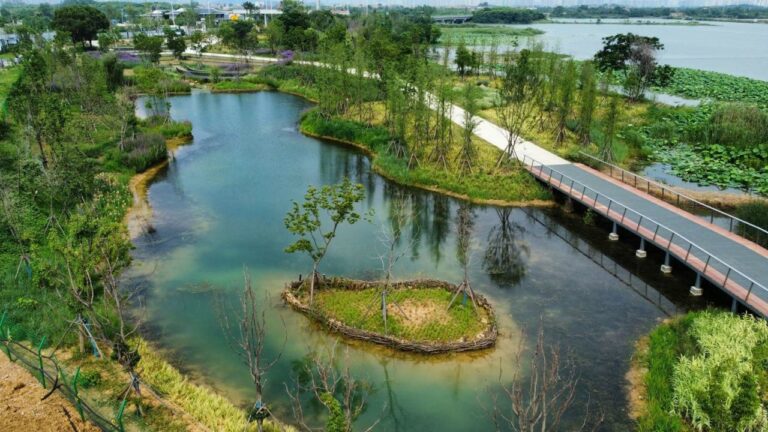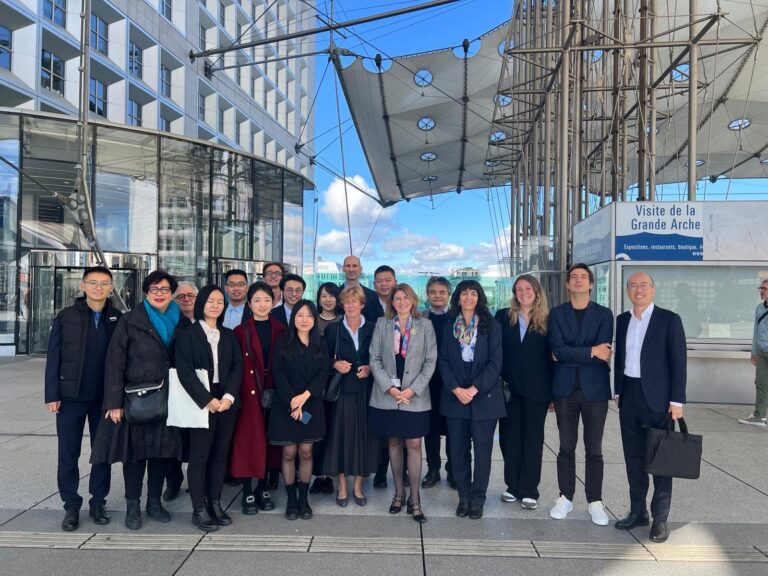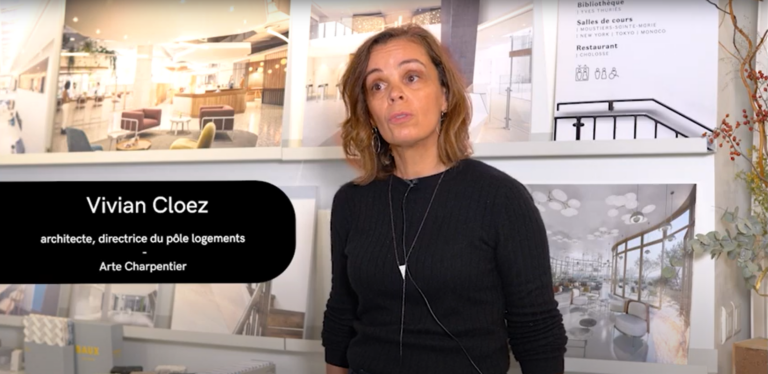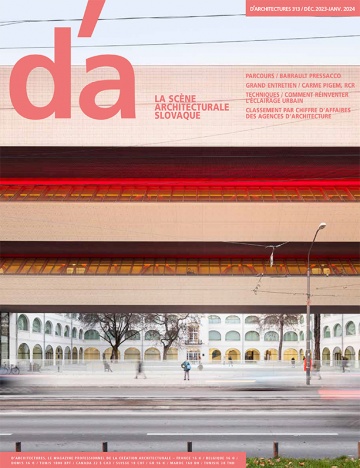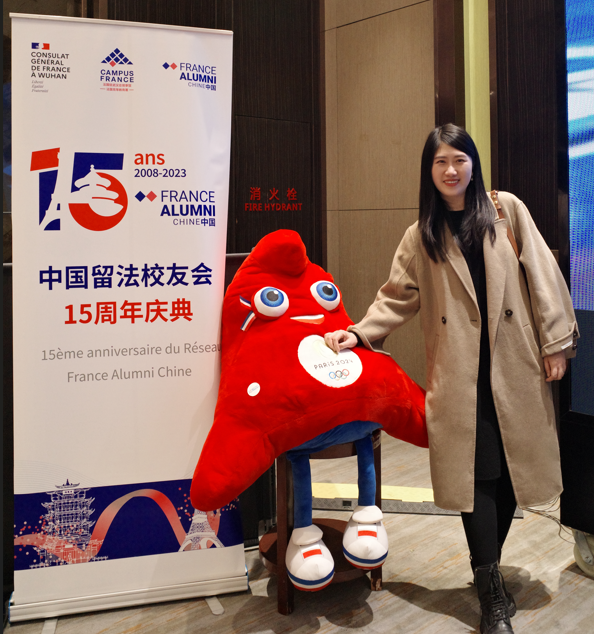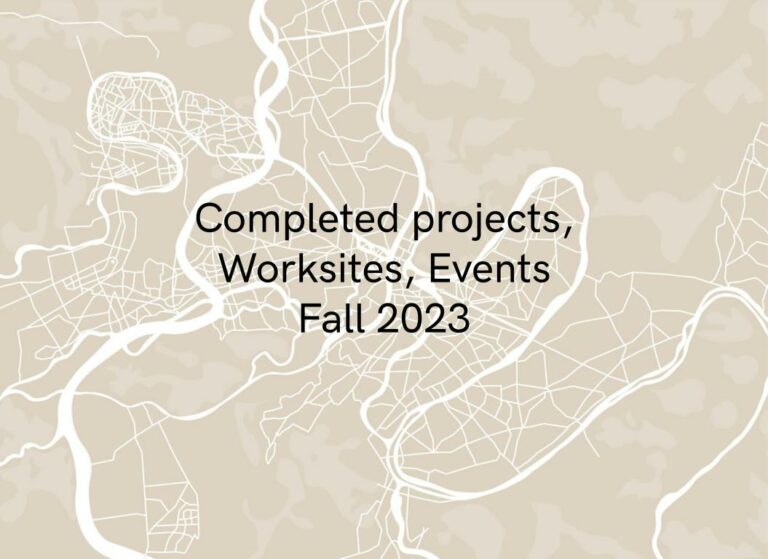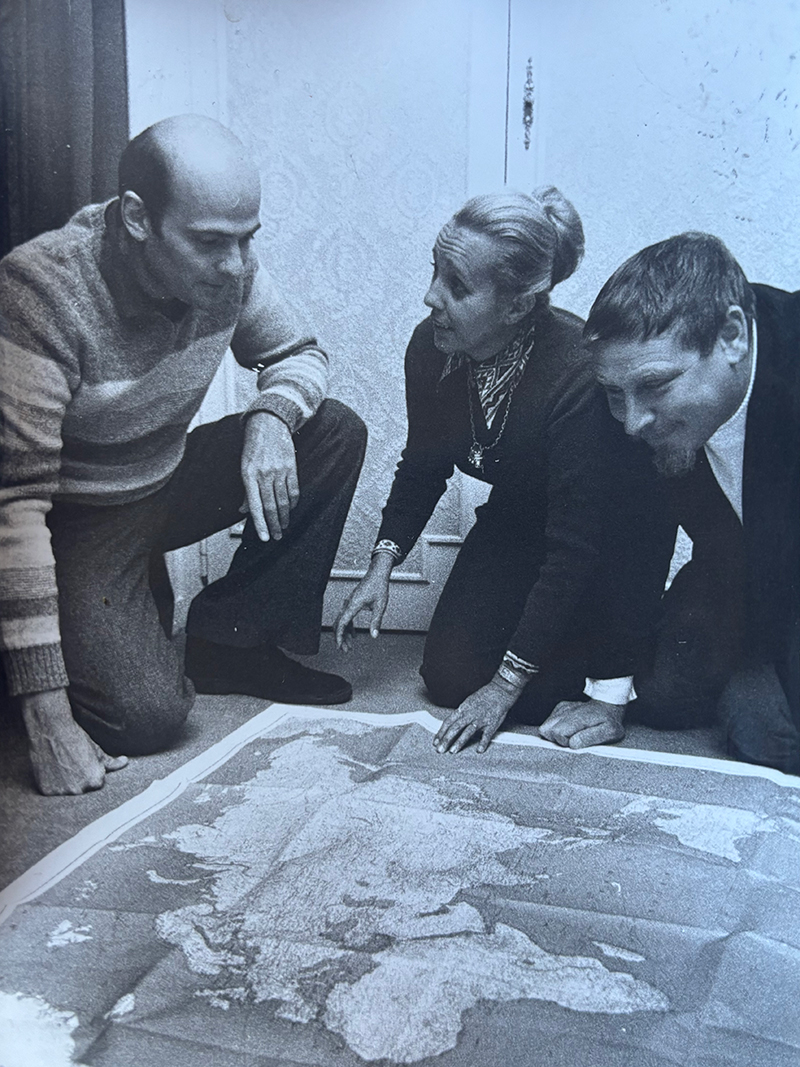
Let’s build a more desirable world together, rooted in sharing and solidarity.
In 1978, Doctors Without Borders (Médecins Sans Frontières) was still in its early days, driven by the enthusiasm of its first volunteers. Dr. Marcelle Chaput, one of the first ophthalmologists to take part in a mission to India, embodies this pioneering and humanistic spirit. This year, the Arte Charpentier agency has decided to allocate the budget usually reserved for holiday cards to support Doctors Without Borders (Médecins Sans Frontières). Her testimony reminds us how individual commitment can transform lives.
Could you tell us briefly about your background before joining Doctors Without Borders (Médecins Sans Frontières)?
Together with my husband, we discovered the organization in the late 1970s. We were both ophthalmologists practicing in Limoges and the parents of two teenagers.
First Encounter with MSF
How did you first hear about Doctors Without Borders (Médecins Sans Frontières)?
At a general assembly, Médecins Sans Frontières, then led by its president Claude Malhuret, presented its activities.
They explained the urgent need for ophthalmologists in the Indore region to collaborate on a mission with an Indian team in the field.
Commitment to MSF
What inspired you to join this organization at a time when few women participated in such missions?
As doctors, my husband and I always felt it was important to share our expertise and provide care to vulnerable populations. At the time, Médecins Sans Frontières was a small association with barely more than 1,000 members. It felt more like a cooperative network of doctors around the world than the highly structured organization it is today.
Could you describe how your integration into MSF unfolded?
At this general assembly in Limoges, the association urgently needed volunteers for a mission in central India, a very rural region at the time. We had to commit to a three-week stay. We quickly organized ourselves, took leave from work, and made arrangements to travel to the location.
Experiences in the Field
What do you recall from your first humanitarian mission with MSF? What were the biggest challenges and rewards?
During this mission in the Indore region, we had the opportunity to collaborate with Dutch scientists who had cutting-edge lenses for cataract treatment. This cooperation between Indian, Dutch, and French teams perfectly exemplifies the spirit of MSF’s actions at the time and our approach to medicine.
Rather than opposing specific types of knowledge—for example, Eastern versus Western medicine—we sought to combine the strengths of each: technical knowledge, field experience, scientific advances, and, above all, the humanity of those who care for others. To me, this convergence defines the very essence of medical practice.
Over the course of your missions, were there any memories or anecdotes that particularly stood out to you?
During this 1978 volunteer mission, we worked in a 60-bed military hospital. We operated on patients in tents, and for those unable to come to us, we also conducted consultations in nearby villages. The roads and transportation were very dangerous at that time.
I remember going to a small shop where a woman had accidentally pierced her eye with a needle. We couldn’t transport her. We boiled water in a basin to sterilize our instruments and performed the intervention on-site.
How would you describe the atmosphere and collaboration within the teams on the ground back then?
Our team consisted of three French doctors (Dr. Jean Vincent, Dr. Albert Chaput, and myself) and three Indian doctors. We communicated using a mix of Hindi, French, and English. We shared common values, particularly the goal of helping isolated populations. Sharing daily life together strengthened our bonds.
The following year, we invited our Indian colleagues to visit us in Limoges. It was a wonderful stay, and I have fond memories of it.
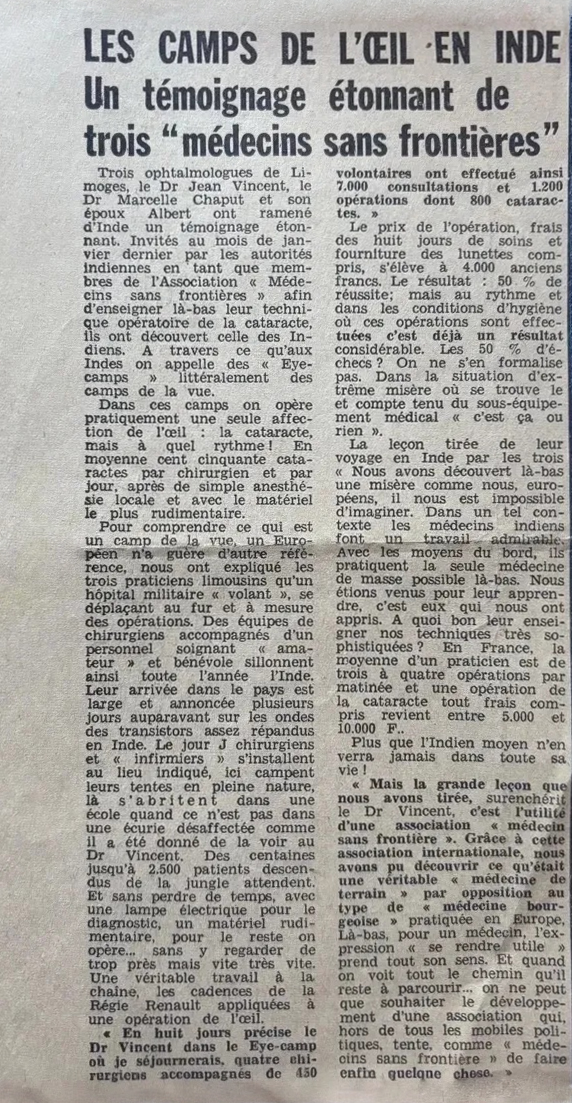
Do you still follow MSF’s activities today? Did you participate in other missions as a volunteer?
Yes, indeed. I continued volunteering, this time for the AGIR association, with missions to Mali and Indonesia. My last mission was during the 2010 tsunami. I traveled alone, as the teams on-site were overwhelmed and urgent help was needed.
Today, I continue to support MSF through regular donations.
What do you think about the organization’s evolution and the challenges it faces today?
The resources and teams are different now, but the need for urgent aid remains unchanged. The world hasn’t gotten any better.
If we can act, it’s important to structure our efforts accordingly.
What impact did these missions have on your personal and professional life?
We had a desire to travel, exchange ideas, and enrich ourselves with other ways of practicing medicine. Being in contact with these populations made us humble, and we were grateful for the opportunity to collaborate with doctors from all over the world.
What advice or message would you like to pass on to younger generations considering joining MSF or working in humanitarian aid?
Everyone contributes what they can, and we always find solutions. It teaches us a lot about ourselves and others.
Today, the challenges are numerous: the shortage of healthcare workers and attacks on hospitals complicate humanitarian action. But we must not let hate prevail.
Everyone can make a contribution, and together, we can move forward.
Interview with Dr Marcelle Chaput conducted in December 2024. Thanks to Cecile Chaput for her precious support.
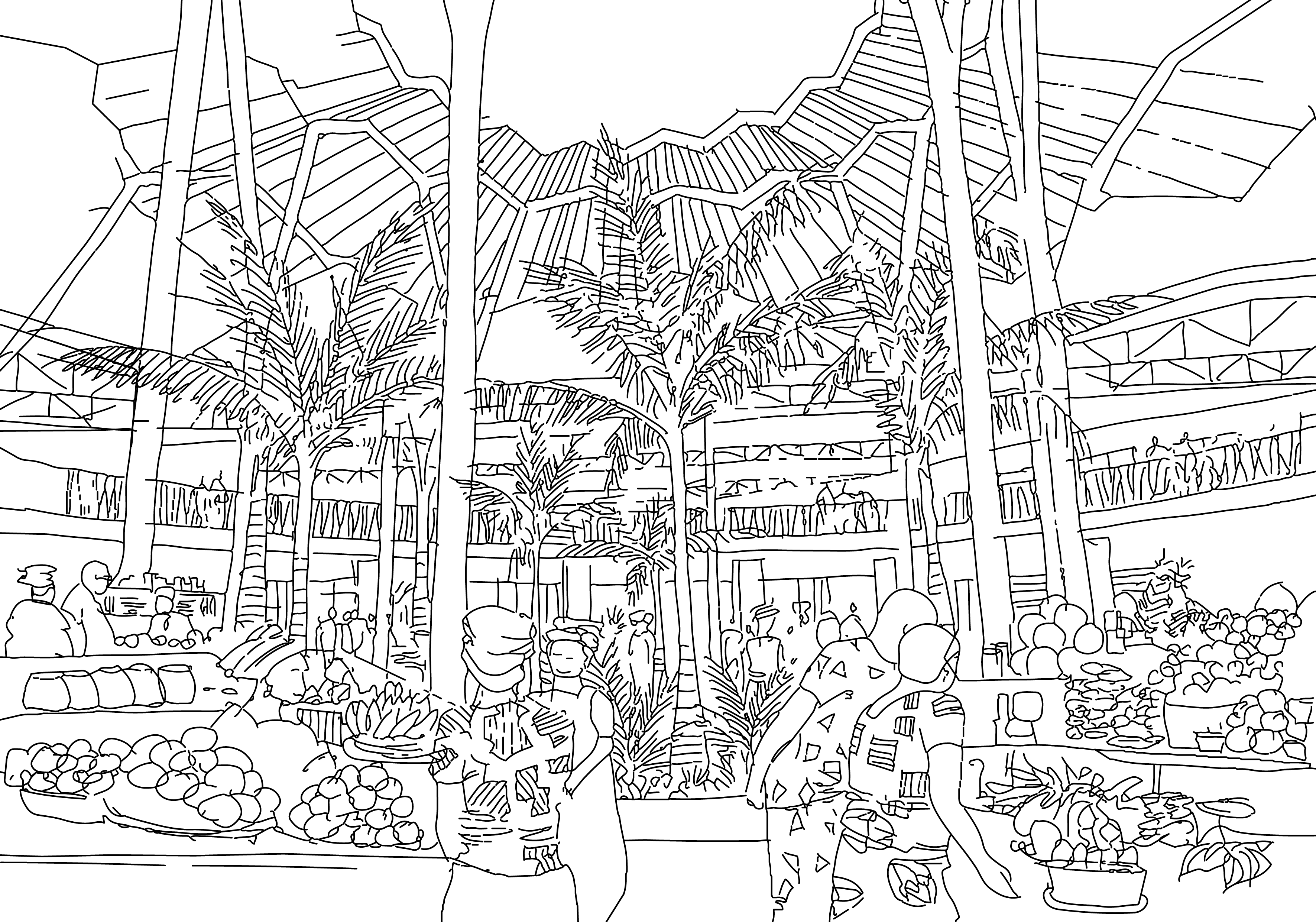
This year, Arte Charpentier has chosen to dedicate the budget usually allocated to its greeting card to Doctors Without Borders (Médecins Sans Frontières), to support their essential mission and exemplary commitment to solidarity.
You too can contribute to this cause by making a donation to Doctors Without Borders (MSF): Donate here.
